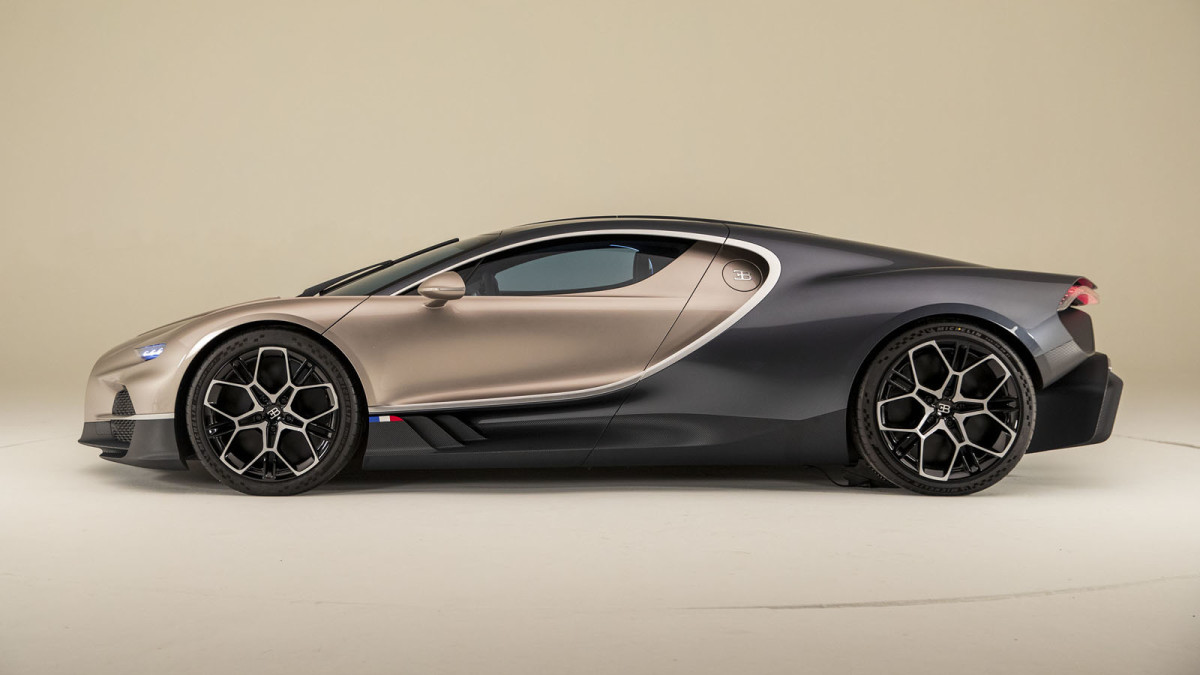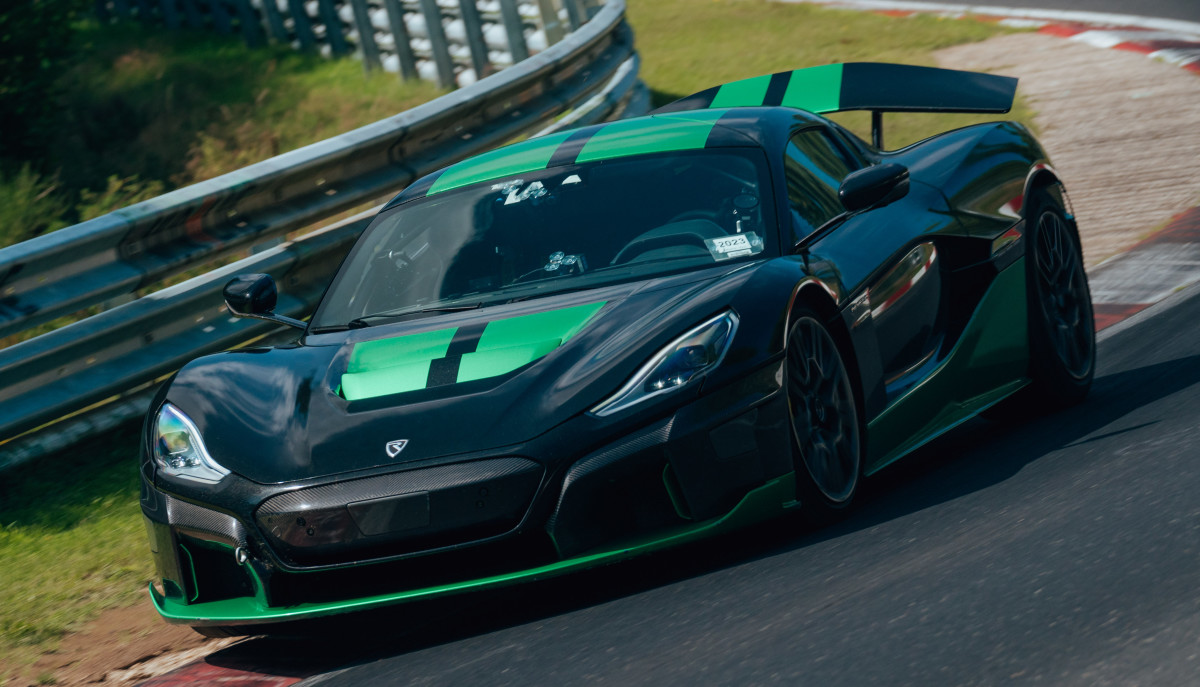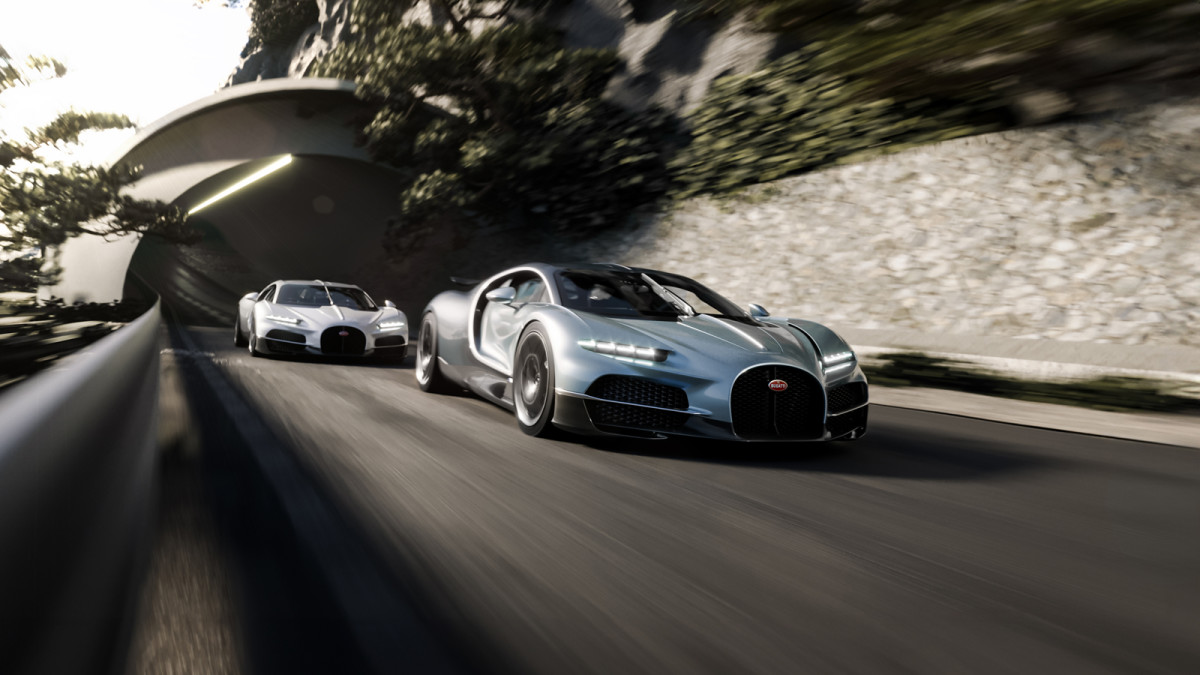Mate Rimac Reveals Bugatti & Rimac Secrets
The Bugatti Tourbillon is deep into its development and testing phases, with numerous prototypes being tested in various conditions around the world. As it draws nearer, Top Gear got the opportunity to learn more about the upcoming hypercar from Bugatti-Rimac CEO Mate Rimac, who gave the publication a tour of the massive facility where Tourbillon prototypes are being built (the production cars will be made in Molsheim, of course) and Neveras are prepared for their customers. Along with recapping and elaborating on many of the Tourbillon’s neat innovations and design elements, Mr. Rimac also revealed some interesting details that would not be found in a press release, including the fact that the Nevera shares only a single part with another vehicle and that the electric hypercar almost formed the basis of the Tourbillon.
How The Rimac-Based Bugatti Would Have Come To Life
Bradley Iger/Autoblog
Mate explains that before he was directly involved with Bugatti, initial ideas included using most of the Nevera to form the basis of a new hybrid hypercar. Rimac imagined using the entire front half of the car, carrying over important elements like the dual electric motors and the steering system, cooling components, brakes, and crash structure. The battery of the Nevera would also have been retained, and then aft of the passenger compartment, a V16 would have been mated to the package. This was passed on for several reasons, but the simplest way to describe why this simpler route was not taken is with the word compromise. Not only would the dynamics of the Bugatti have been jeopardized, but the value of the brand would have been diminished, too. As Rimac succinctly said when referring to innovations like the speaker-free audio system in the cabin: “If we [Bugatti] don’t do it, who will?” In other words, Bugatti exists to set standards, not follow trends or take shortcuts, and although collaboration is okay – see the Tourbillon’s Rimac-designed-and-made battery and Czinger/Divergent-sourced 3D-printed suspension – everything on a Bugatti must still be specific to the bespoke.
Audi R8 Parts In A World-Beating Hypercar
Rimac
In the video embedded at the bottom of this article, TG‘s Oliie Kew notes, while looking at a naked Rimac Nevera R monocoque, that every component bears a Rimac stamp. Mate proudly says that the “only component” shared with another car is the HVAC box from an Audi R8, and even that has been modified. Doing everything in-house must be expensive, and it is – Mate says that the Nevera project cost the team over €150 million, or around $173 million. Naturally, the conversation gravitated towards the disappointing sales figures of the hypercar, and although Mate concedes that the Nevera didn’t sell out of all 150 units, he calls it “the most successful electric sports car,” saying the company has “sold most of them,” though an exact figure was not revealed. According to Bloomberg, Rimac has sold 50 cars as of July 2025.
Bugatti Tourbillon Technology Coming To Everyday Cars
Bugatti
During the tour, Mate often noted that battery packs and other components are being developed and produced for automakers that do not always wish to be named, and one example of that is highlighted around the half-hour mark, when Mate reveals that the front electric powertrain of the Tourbillon, which was developed specifically for the hypercar, has been repurposed as a rear-mounted electric motor for an unnamed upcoming SUV and sedan pairing. By developing the tech for hypercars first, the most costly research & development processes are already paid for, making the large-scale democratization of high-density energy storage and ultra-efficient motors cost-effective. In summary, the Nevera may have been a commercial failure in some ways, but it formed the foundation of the Rimac Technologies design and manufacturing juggernaut, served as a cautionary tale for Bugatti and others, and reset the bar for hypercar performance.